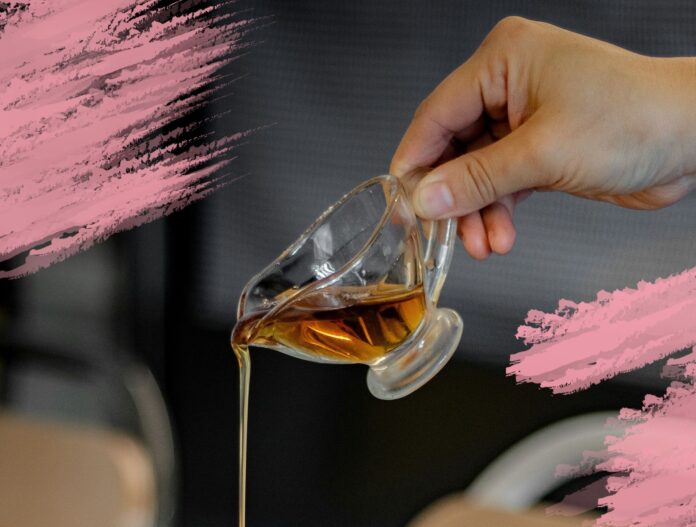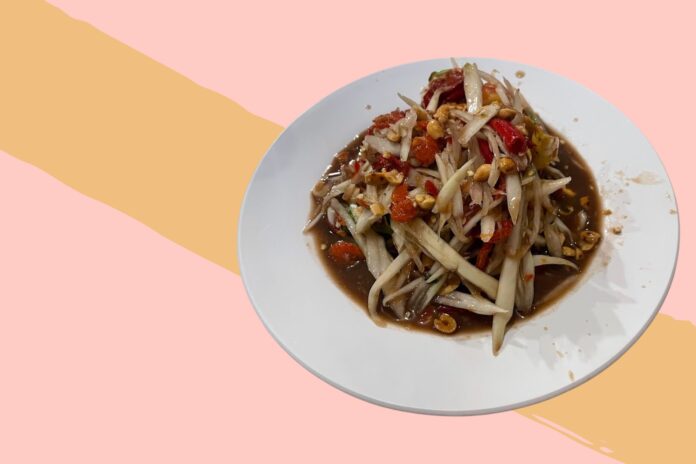The British obsession with houseplants, which bloomed during lockdown, shows no signs of wilting. While once we might have been content with a lonely spider plant on the windowsill, our homes have transformed into veritable urban jungles. And if you’re blessed with a sun-drenched, south-facing room, you’re sitting on prime real estate for some of the most striking houseplants around.
South-facing rooms offer the perfect environment for plants that thrive in bright conditions, opening up a world of possibilities for creating your own slice of paradise. From towering tropical beauties to cascading succulents, these light-loving specimens will transform your sunny space into a verdant oasis, breathing fresh life into your home even on the bleakest of UK days (yep: we’re talking about right now).
Let’s explore 7 stunning houseplants that will transform your sunny space into a botanical paradise.
Bird Of Paradise (Strelitzia reginae)
This majestic beauty, with its paddle-shaped leaves, brings instant tropical drama to any room. While it may take a few years to flower indoors, the foliage alone makes a striking architectural statement.
Give it plenty of space – these plants can grow up to two metres tall in ideal conditions. A weekly misting will keep those glossy leaves looking their best.
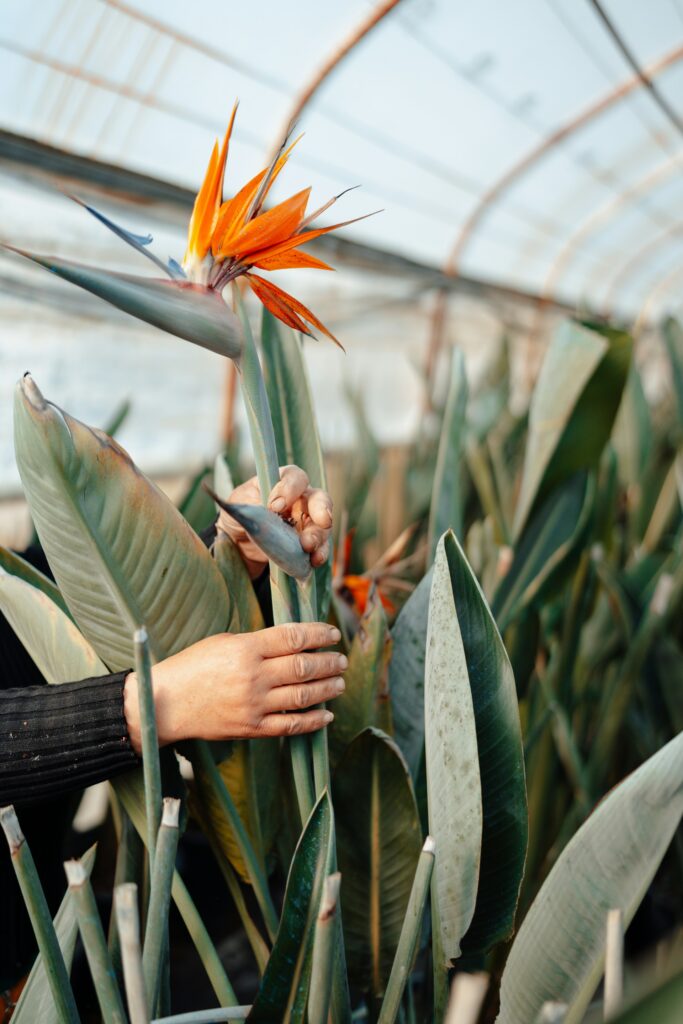
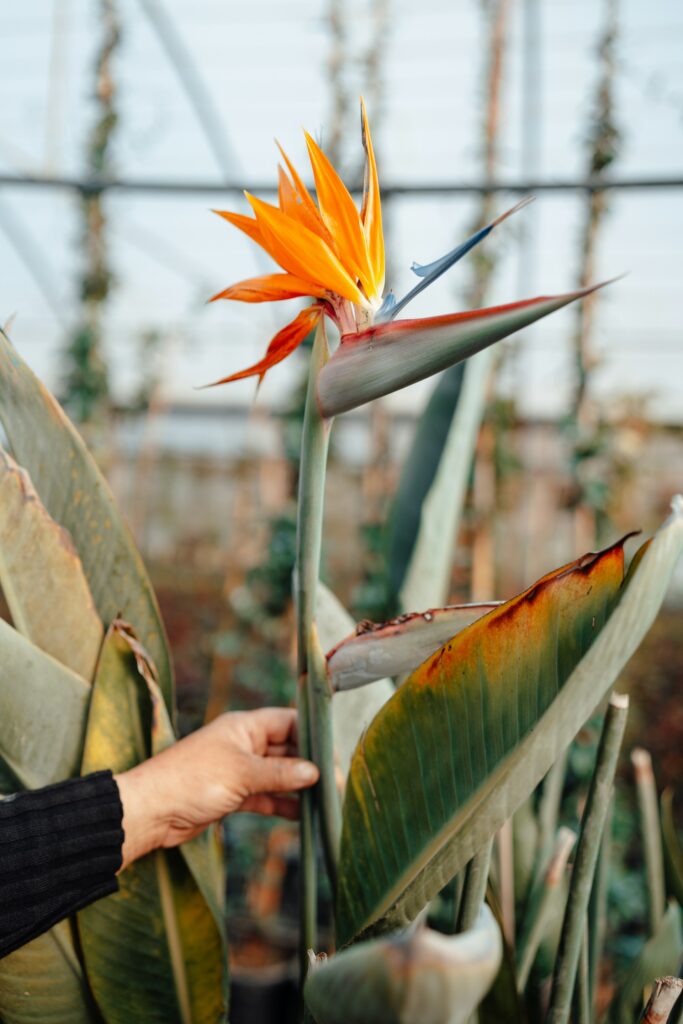
Bird of Paradise Care 101
Position your Strelitzia reginae about one metre back from south-facing windows to prevent leaf burn. During intense summer days, sheer or voile curtains can provide welcome protection from scorching rays.
These tropical showstoppers thrive when their soil is kept consistently moist but never waterlogged. Feed fortnightly during the growing season with a nitrogen-rich fertiliser to encourage those spectacular paddle-shaped leaves.
Pro tip: Wipe leaves monthly with a damp cloth – Strelitzias are notorious dust collectors, and clean leaves mean better photosynthesis.
String Of Pearls (Senecio Rowleyanus)
This quirky succulent, with its trailing stems of bead-like leaves, looks spectacular in a hanging basket or perched on a high shelf. While it needs bright light to maintain its compact growth, it’s remarkably low-maintenance.
Just remember: less is more with watering – these pearls prefer to dry out between drinks.
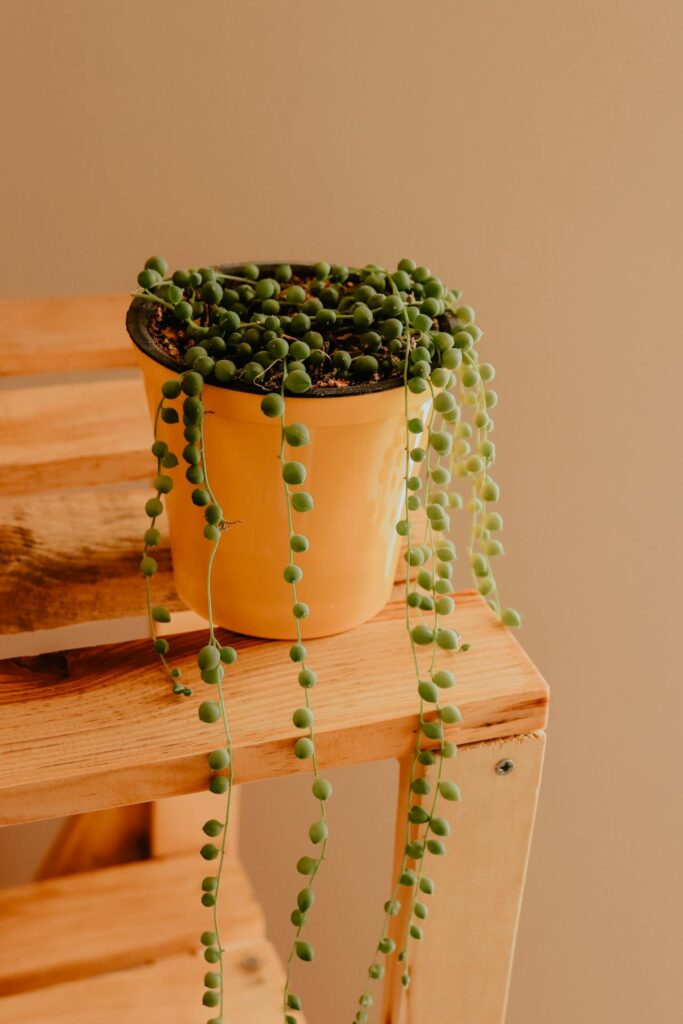

String of Pearls Care 101
Place your Senecio Rowleyanus where its delicate strands can cascade freely without tangling. The pearls should feel firm to the touch – soft, mushy beads are a sign of overwatering.
Pro tip: When propagating, coil a strand on top of fresh soil rather than hanging it down – this encourages multiple root points and creates a fuller plant more quickly.
Jade Plant (Crassula Ovata)
Often called the money plant, this succulent is a favourite among both novice and experienced plant parents. Its thick, glossy leaves and tree-like growth pattern make it an elegant addition to any sunny windowsill. With proper care, these plants can become family heirlooms, living for decades and growing into impressive specimens.
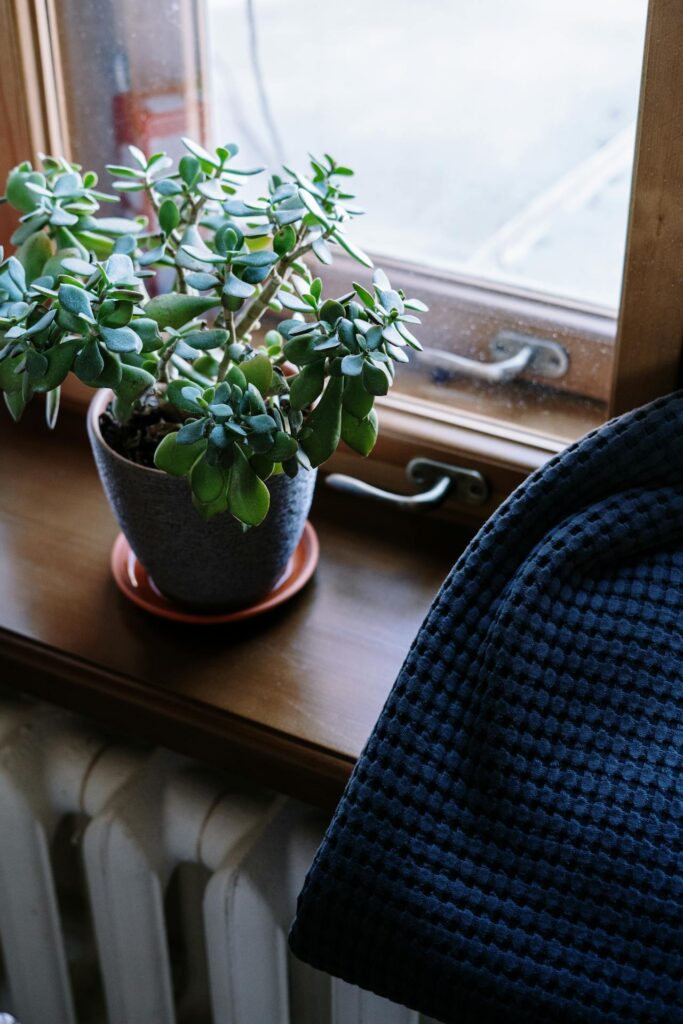
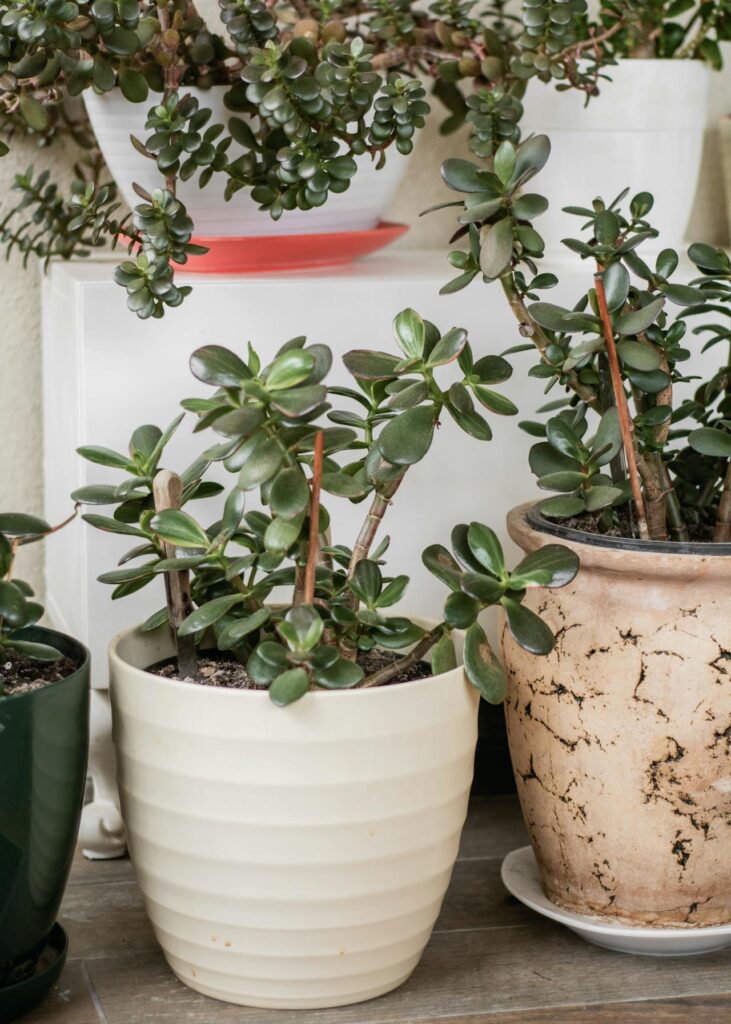
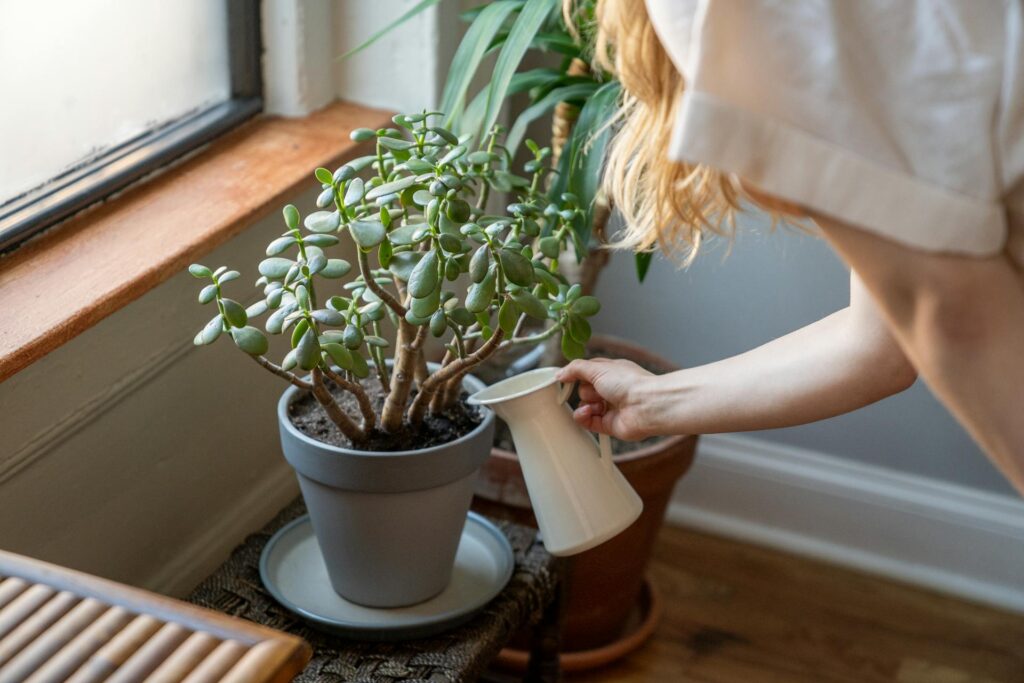
Jade Plant Care 101
Your Crassula Ovata appreciates a terracotta pot with excellent drainage – these porous containers help prevent the dreaded root rot. Watch the leaves carefully; they’ll tell you what they need. Slightly wrinkled leaves mean it’s thirsty, while soft, mushy leaves indicate overwatering.
Pro tip: Pinch back new growth in spring to encourage branching and create a more tree-like appearance.
Read: How to keep your houseplants alive for longer
Snake Plant Laurentii (Sansevieria Trifasciata ‘laurentii’)
While snake plants are famous for tolerating low light, they truly thrive in bright conditions, developing stronger variegation and more vibrant yellow edges. Their upright growth and architectural form make them perfect for narrow spaces, and they’re practically indestructible – ideal for those who occasionally forget to water.
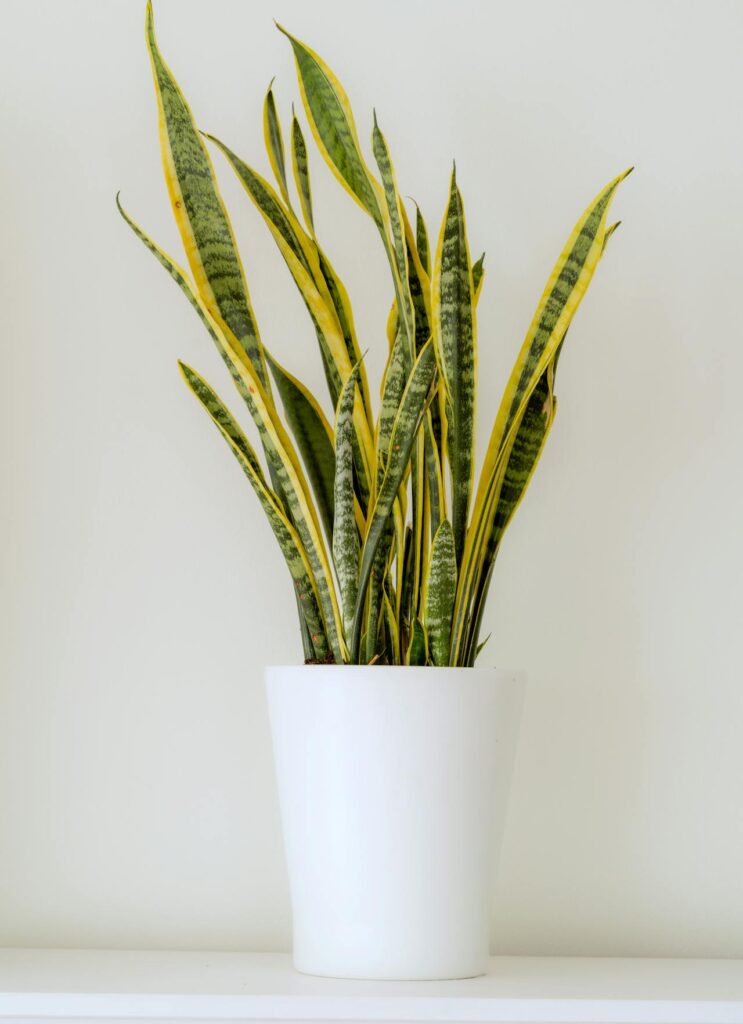
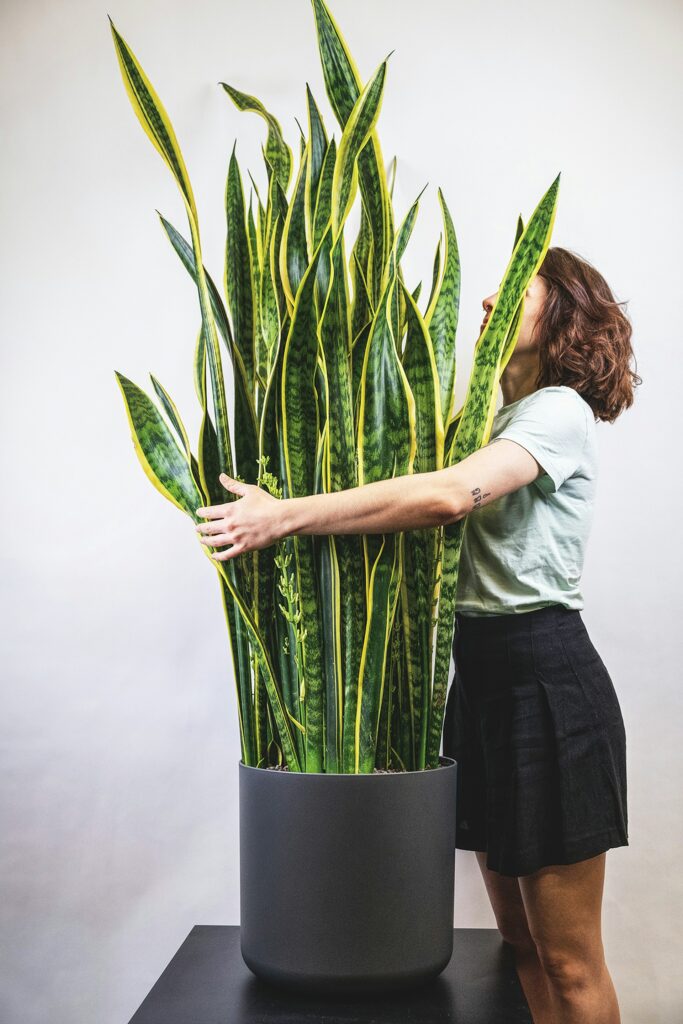
Snake Plant Laurentii Care 101
Your Sansevieria thrives when slightly pot-bound, so don’t rush to re-pot. Water thoroughly but infrequently – these plants store water in their leaves and actually enjoy being forgotten occasionally.
Pro tip: If your Laurentii develops brown tips, it might be fluoride sensitivity – try using filtered water or leaving tap water out overnight before watering.
Croton (Codiaeum Variegatum)
If you’re after a colour explosion, look no further than the Croton. These flamboyant plants produce leaves in an array of patterns and colours – from sunny yellows to deep burgundies. The brighter the light, the more vivid their colours become. Just keep them away from cold drafts, as they can be a bit temperamental about temperature changes.

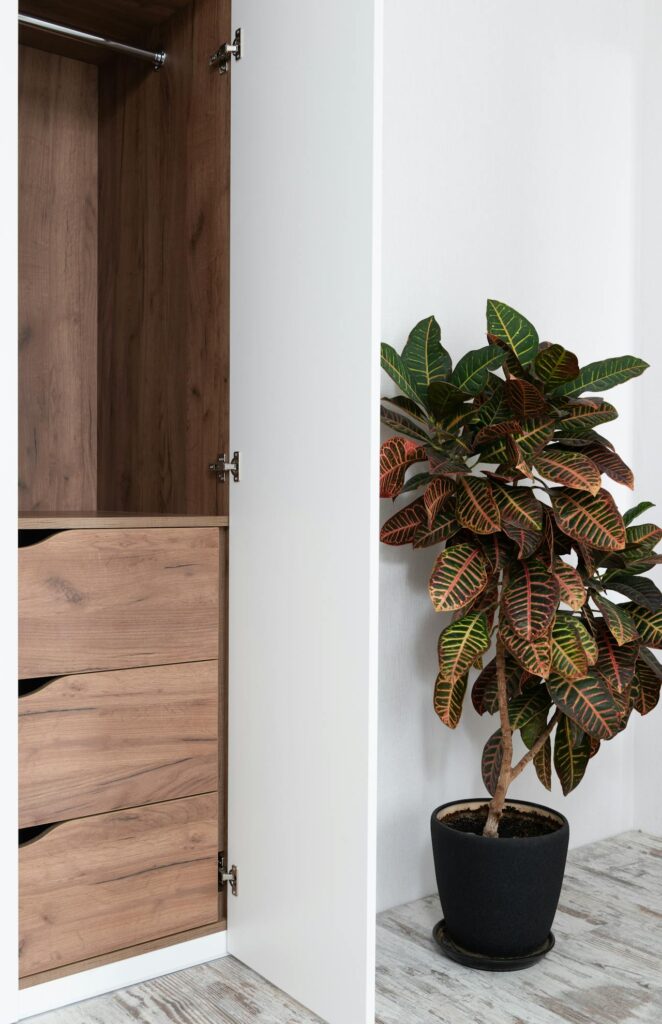
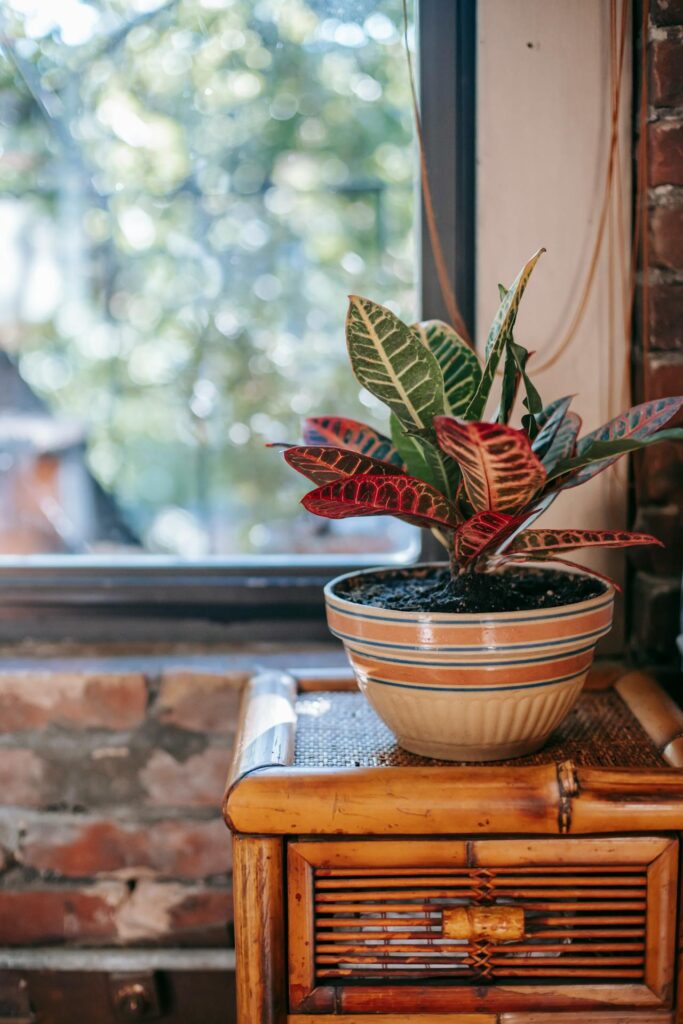
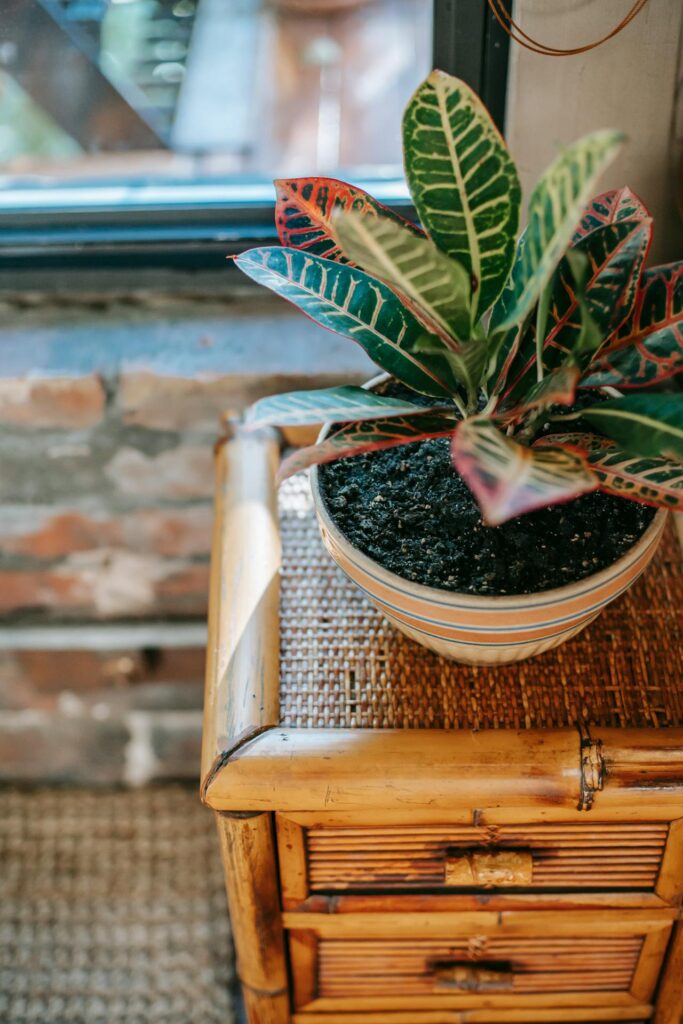
Croton Care 101
Your Codiaeum variegatum throws a proper tantrum when moved, often dropping leaves dramatically. Once you’ve found the perfect spot, leave it be! Maintain high humidity through regular misting or a pebble tray.
Pro tip: To achieve maximum leaf coloration, ensure your Croton gets bright morning light – it’s less intense than afternoon sun but equally effective for colour development.
Mediterranean Fan Palm (Chamaerops Humilis)
This compact palm brings a touch of the Riviera to British homes. Unlike many palms, it actually enjoys direct sunlight and can tolerate the occasional dry spell. Its fan-shaped leaves create beautiful shadows when backlit by afternoon sun, adding another dimension to your room’s ambience.
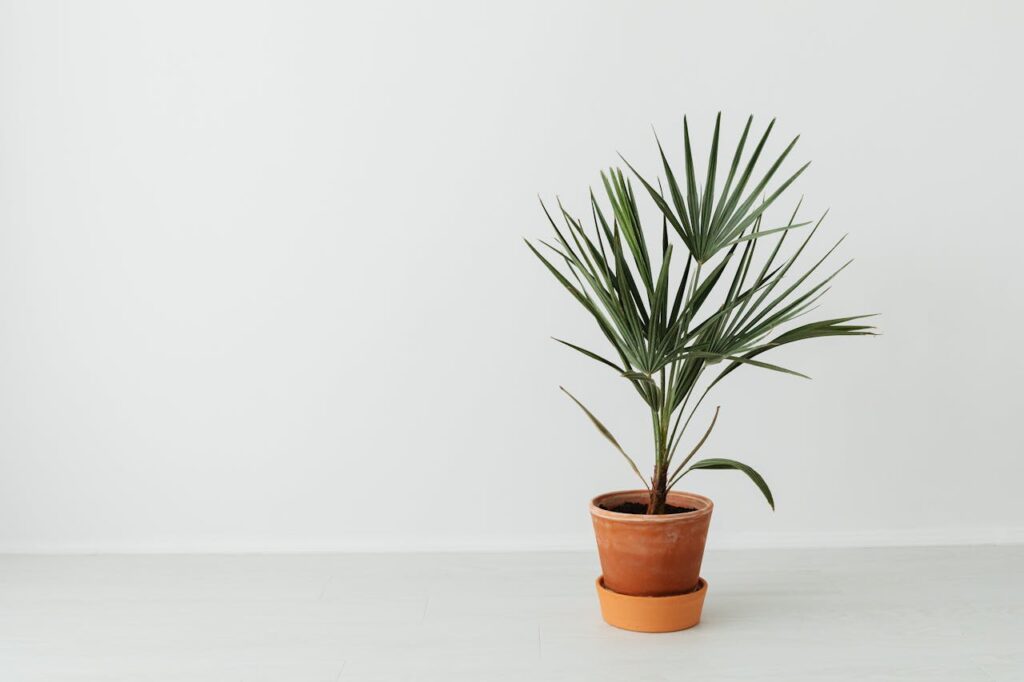
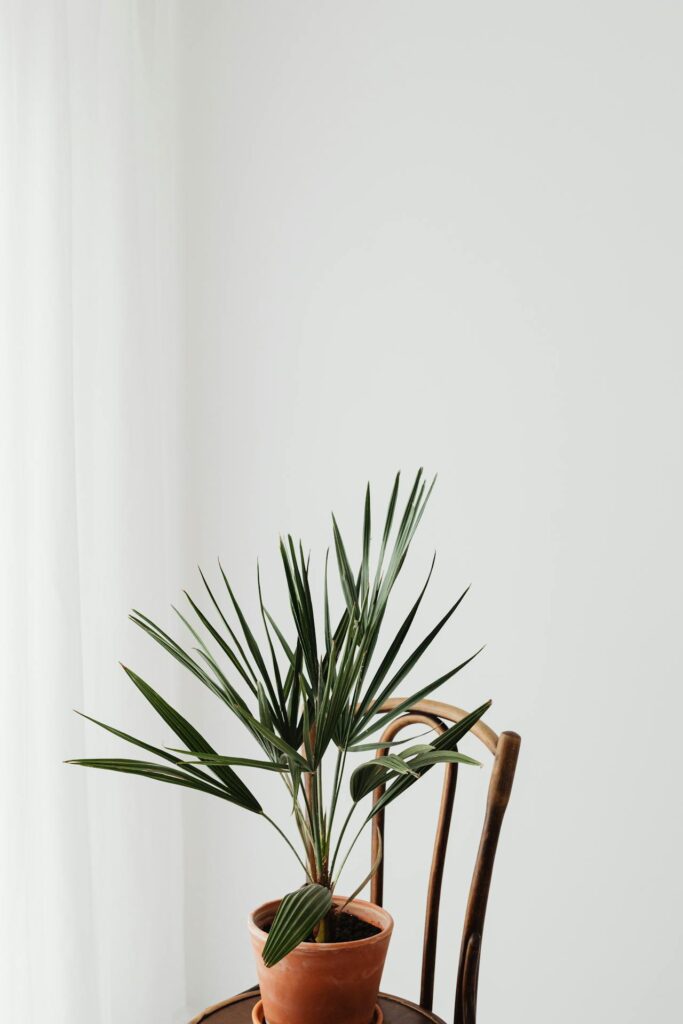
Mediterranean Fan Palm Care 101
Your Chamaerops humilis appreciates a deeper pot to accommodate its robust root system. Unlike its tropical cousins, this palm can handle cooler temperatures and lower humidity levels.
Pro tip: Remove any brown fronds at the base where they meet the trunk – never cut them midway, as this can create entry points for pests.
African Milk Tree (Euphorbia Trigona)
For those seeking something more unusual, the African Milk Tree provides vertical interest and requires minimal care. Its triangular stems and small leaves create an interesting architectural presence, and it can grow impressively tall over time. Do mind the milky sap when pruning – it’s best to wear gloves.
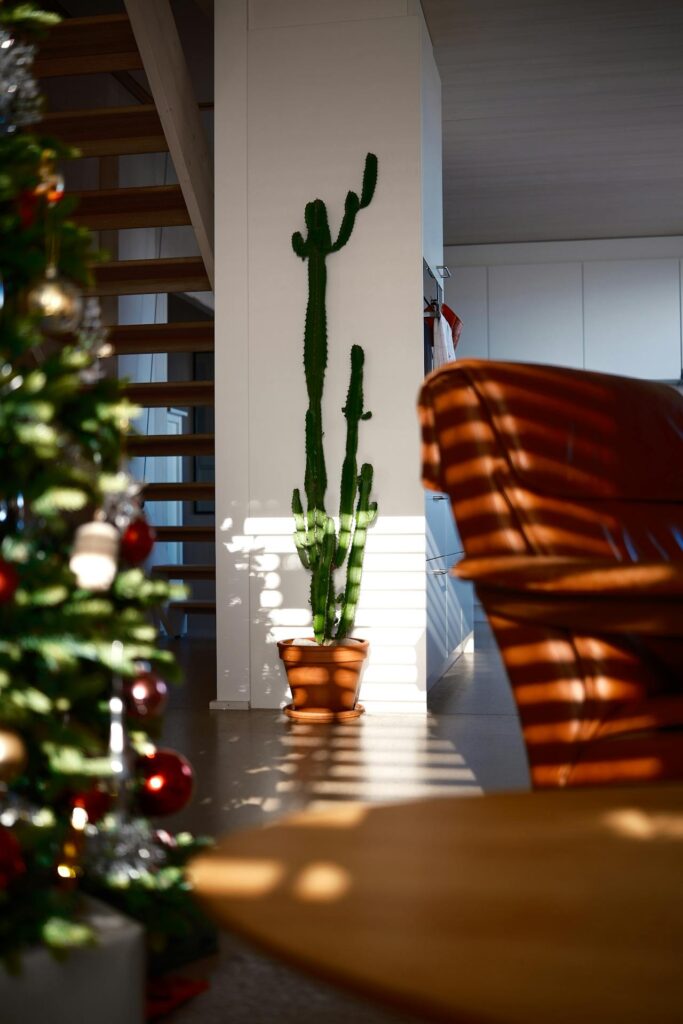
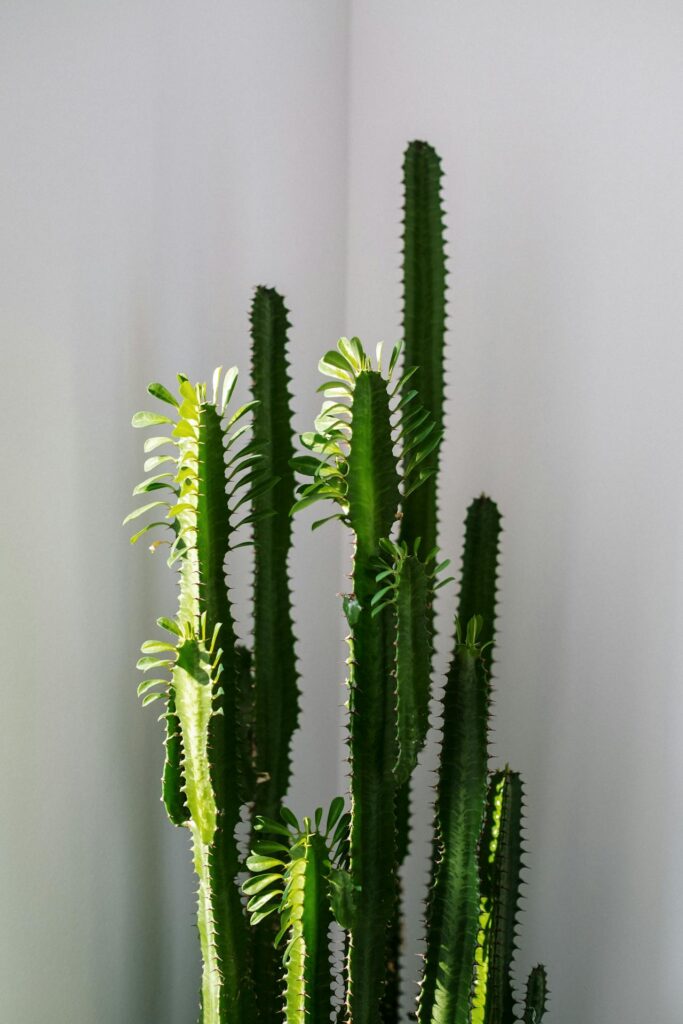
African Milk Tree Care 101
Your Euphorbia trigona needs very well-draining soil – mix regular cactus compost with extra grit or perlite. Always wear gloves when handling, as the milky sap can cause skin irritation.
Pro tip: If you spot aerial roots forming along the stems, don’t panic – this is natural and can actually help stabilise taller specimens. Consider adding a few small stones around the base of the plant for the aerial roots to grip onto.
The Bottom Line
Remember, even these sun-loving plants may need time to adjust to their bright new home. Introduce them to direct sunlight gradually to prevent leaf scorch, and always monitor their response to their environment. With a bit of attention and care, these botanical companions will thrive in your sunny space, bringing life and vibrancy to your home for years to come.
So whether you’re a seasoned plant parent or just beginning your green journey, these sun-worshipping varieties are sure to flourish in your south-facing sanctuary. The British love affair with houseplants isn’t just a passing fad – it’s a relationship that continues to grow and evolve, one sunny windowsill at a time.



